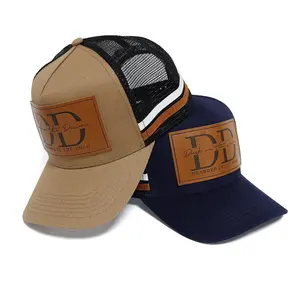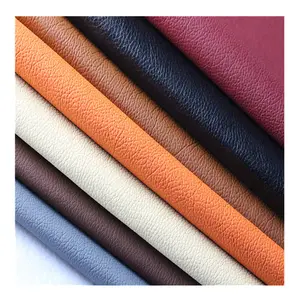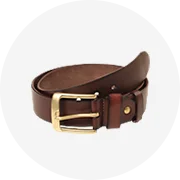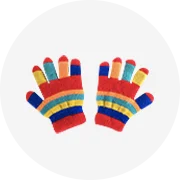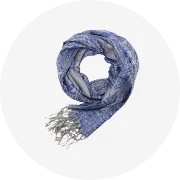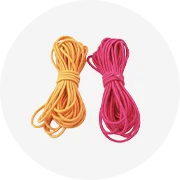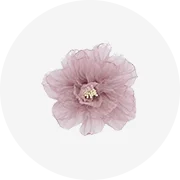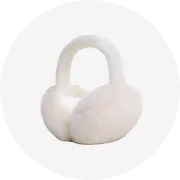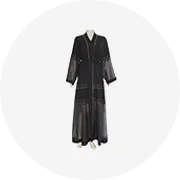Popular in your industry






For Sofas Car Interiors And Clothing Bags Synthetic Leather High Quality Retro Patterned Embossing Process With Special PVC0.0/5.0·0 reviews
$2.29 - $2.50
Min. Order: 40 yards
Shipping per piece: $1.18



New Wholesale Leather Keychain Blanks Custom Leather Keychain4.9/5.0·18 reviews·"Great service"
$0.83 - $1.36
Min. Order: 200 pieces
Shipping per piece: $0.76





Genuine Crocodile Leather Belts Alligator Leather Belt
$10.15 - $11.60
Min. Order: 200 pieces
5.0/5.0·4 reviews·"speedy service"






Casual Leather Jacket Men Custom Logo Designer Blank Pure Plus Size Men's Jackets
$19.15 - $20.23
Min. Order: 100 pieces
4.7/5.0·17 reviews·"Fast production"






PU Synthetic Leather Material PU Leather Manufacturer PU Faux Leather For Raw Materials5.0/5.0·26 reviews·"Fast shipping"
$6.58 - $7.95
Min. Order: 300 meters
Shipping per piece: $1.88







Wholesale Price Best Winter Men's Slim Leather Jackets Customized Design Breathable quick dry sustainable men's leather jacket
$38.00 - $40.00
Min. Order: 10 pieces
0.0/5.0·0 reviewsTop categories
About lakota leathers
Whether they are used for the winters or to upgrade a formal or casual outfit, the range of lakota leathers on Alibaba.com is sure to impress all. Available in a host of wonderful styles and cuts, these lakota leathers are sure to flatter every body type and height. The coats offered on the site are from reliable brands known for using superior quality materials and fine stitching and finishing. These are sure to elevate any look and increase its appeal.
The lakota leathers offered on the site come in parka, puffer and trench variants, among innumerable others. These are available in traditional colors like black and brown, as well as more modern and innovative shades and tones. All of these have intricately designed buttons that perfectly match the vibe and style of the coat on which they are placed. There are also varying styles of sleeves and cuffs that help to distinguish the garments.
The lakota leathers on Alibaba.com can be paired with dress shoes and formal shirts or with casuals to create a fusion style. With various kinds of coats offered, there are variants suitable for all sorts of weather available. These are designed for ultimate ease and have expertly positioned pockets and well-made collars to suit the weather and intended trend.
Browse through the vast range of lakota leathers on Alibaba.com and pick the one that fits best. These incredibly sophisticated garments are sure to impress and look alluring on any occasion. At competitive rates, suppliers are sure to want to purchase in bulk.
The lakota leathers offered on the site come in parka, puffer and trench variants, among innumerable others. These are available in traditional colors like black and brown, as well as more modern and innovative shades and tones. All of these have intricately designed buttons that perfectly match the vibe and style of the coat on which they are placed. There are also varying styles of sleeves and cuffs that help to distinguish the garments.
The lakota leathers on Alibaba.com can be paired with dress shoes and formal shirts or with casuals to create a fusion style. With various kinds of coats offered, there are variants suitable for all sorts of weather available. These are designed for ultimate ease and have expertly positioned pockets and well-made collars to suit the weather and intended trend.
Browse through the vast range of lakota leathers on Alibaba.com and pick the one that fits best. These incredibly sophisticated garments are sure to impress and look alluring on any occasion. At competitive rates, suppliers are sure to want to purchase in bulk.

